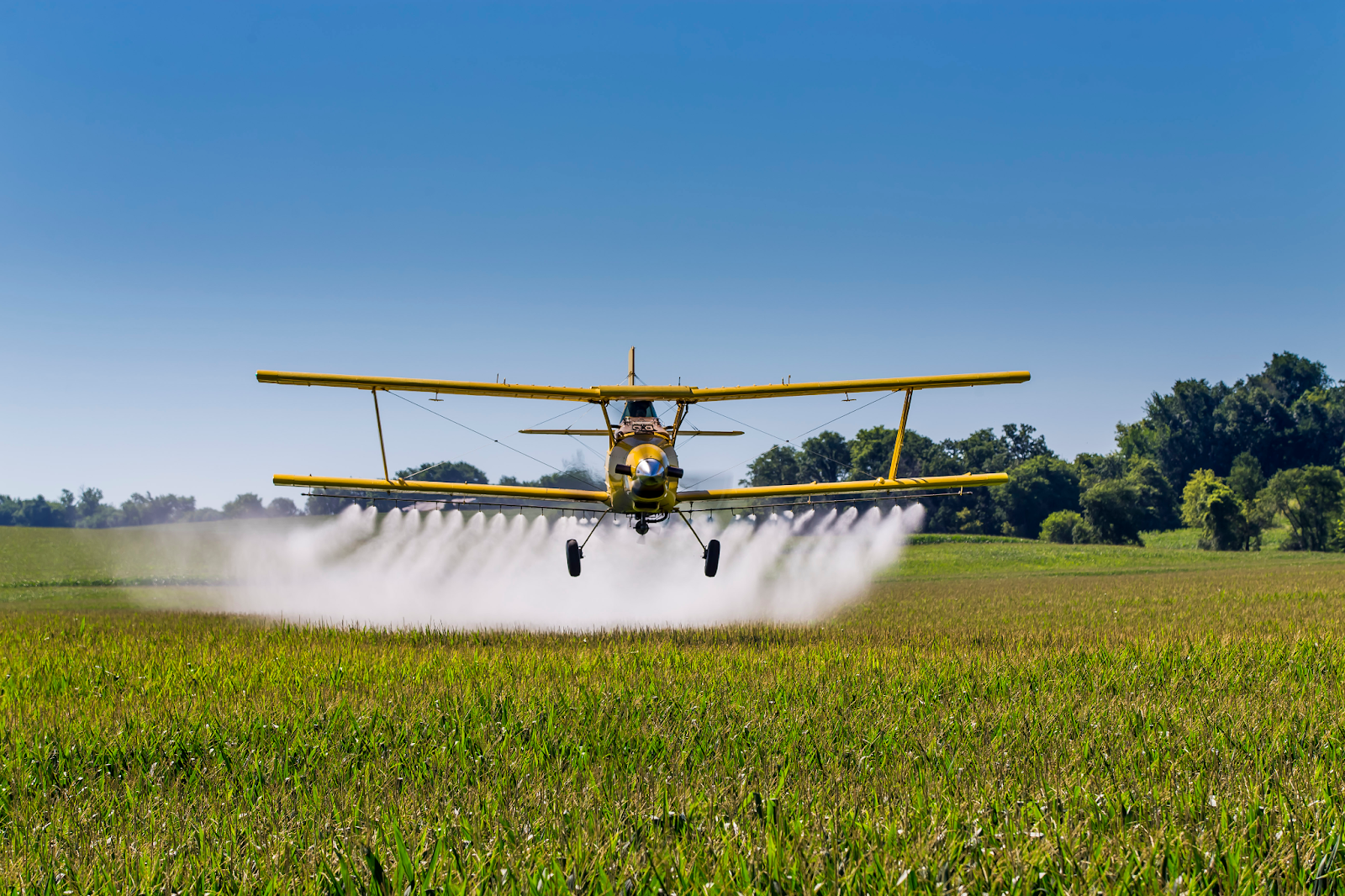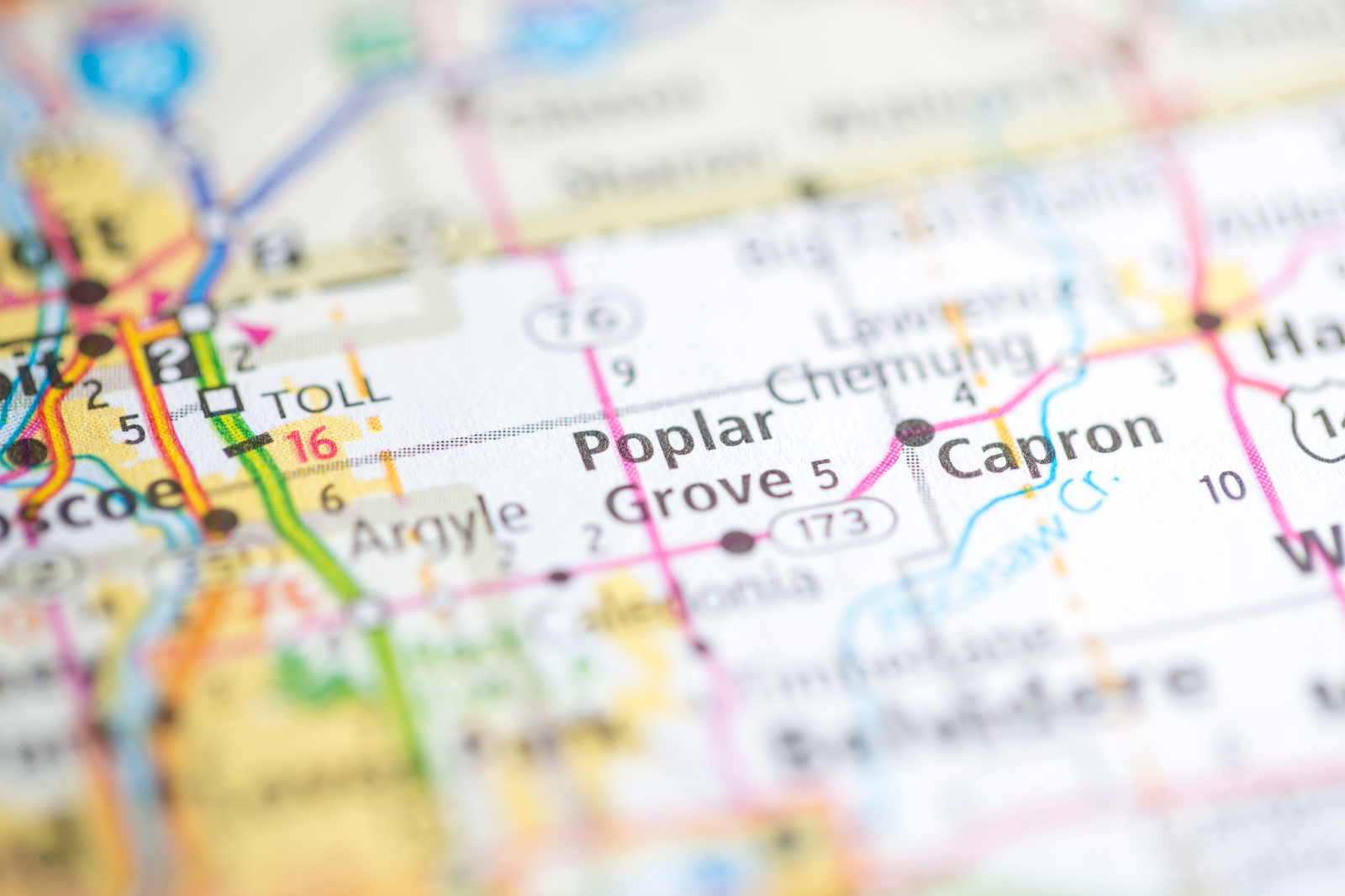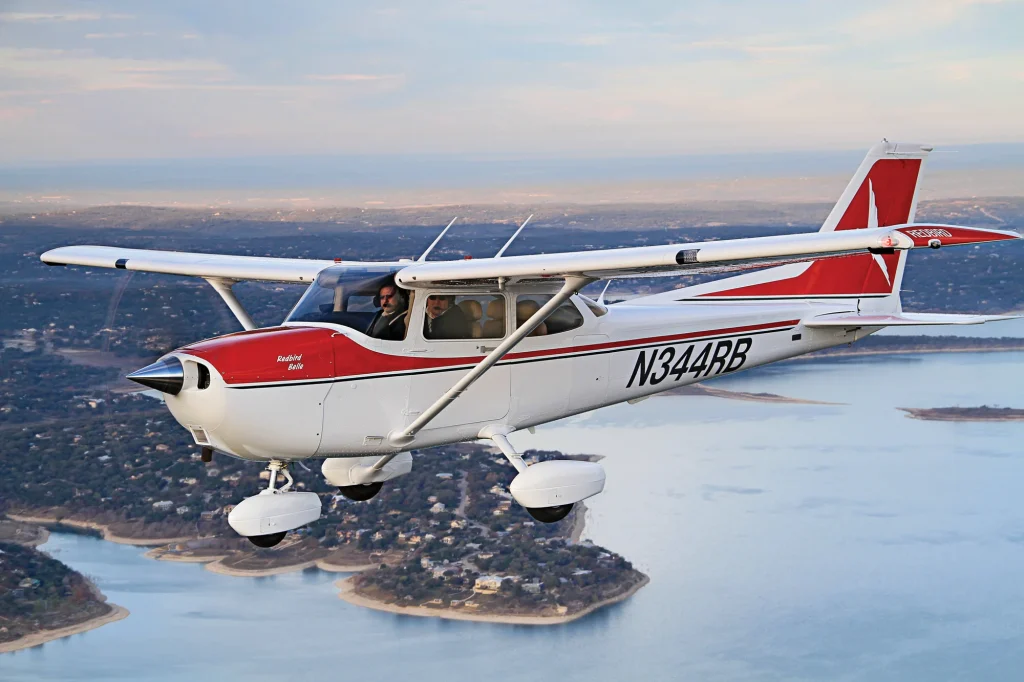For towns built to accommodate a healthy flow of general aviation, there’s often plenty of extra outside money coming in. Pilots and private aircraft owners tend to either tour or live at least part time in these hubs.
The economic impact can attract large corporations, or it can feed local enterprises like shops, rental services, and restaurants.
We don’t want to discount the negative impacts of airports (like environmental/noise pollution and displacement of local real estate). But for the most part, attractive aviation hubs tend to vitalize small towns and bring in energy and money that would otherwise go elsewhere.
Building homes with hangar facilities, community runways, and related aviation amenities takes a skilled labor force. And that brings its own inherent benefits to a community.
Aviation infrastructure needs ongoing maintenance. Even the most backwater runways create steady employment for various professionals, and that’s not as volatile or contingent on other local conditions.
Studies show a multiplier effect on local economies where investments in airport infrastructure can return up to $100 for every dollar spent. If there’s anything that can turn an area into a destination, a good local airport will bring in a whole new crowd of dedicated aviators.
Fly-in communities (sometimes known as residential airparks, depending how you define them) are luxury residential developments built for pilots and private aircraft owners. These are niche communities that cater to aviation enthusiasts who want to fly all the time, or at least live in close proximity to aircraft facilities and runways.
Even though they primarily serve a specialized market, fly-in communities have substantial financial impacts on local economies. In more than a few cases, small airports (luxury or not) have completely changed small towns.
The presence of a small airport or private hangar facilities, especially a dedicated fly-in community, typically drives up property values in the surrounding areas. A certain segment of homebuyers is willing to pay a premium for that sweet runway access.
While it’s not a silver bullet for local economic woes, higher property tax revenue and the labor required to prop up an aviation lifestyle tend to mean improved infrastructure, which translates to better property values and even more businesses.
On a sliding scale, a dedicated fly-in community is going to have more profound effects on the surrounding area. But just about any general aviation infrastructure is going to impact a region in some way.
Here are FLYING Finance’s top five favorite U.S. towns that have carved out a niche aviation community:
1. Prescott, Arizona

Nestled in the Bradshaw Mountains of Arizona, Prescott stands out as the prime example of a town that has grown around its aviation infrastructure.
Ernest A. Love Field (KPRC) plays a crucial role in the city’s economy. The airport and Embry-Riddle Aeronautical University are major economic drivers for Prescott, and they have a reputation for vibrant aviation culture.
2. Spanish Fork, Utah
Spanish Fork is a picturesque town in Utah that thrives partly due to its proximity to the Springville-Spanish Fork Airport (KSPK).
The general aviation airport serves as a gateway for business travelers and plenty of tourists. Not to mention, events like the annual Wings and Wheels Airshow are a huge draw for aircraft enthusiasts and wind up boosting local businesses.

3. Erie, Colorado
Located in the Boulder Valley, Erie benefits significantly from the Erie Municipal Airport (KEIK).
This small town has capitalized on its aviation connections, and now there are many renowned flight schools and maintenance facilities in town.

Colorado has a robust tourism industry even without airports (too robust, if you ask some native residents). But Erie holds a special place in the aviation world, and no wonder. Just look at those views.
4. Poplar Grove, Illinois

In Poplar Grove, the small (yet bustling) Poplar Grove Airport (C77) is a central hub for the community and fosters a unique aviation culture.
Northwestern Illinois is fertile ground for multiple agricultural industries, and the aviation community of Poplar Grove takes on some of that agricultural aviation flavor. If you want to use your pilot skills to work as a crop duster, here’s a great place to check out.

5. Pensacola Beach, Florida
Pensacola International Airport (KPNS) has solidified its status as a crucial economic asset for the coastal towns of northwest Florida.
The airport supports quite a lot of tourism and logistics, but we’d be remiss if we didn’t mention Pensacola’s airshow on this list. There’s a long history of local heritage for both military and civilian aviation on Florida’s Gulf Coast.

In all of these towns, small airports and general aviation are part of the economic framework and flavor of the community. If you haven’t made the pilgrimage to these places or if you’re looking for your next home base, be sure to check out these spots.
FLYING Finance loves connecting with different parts of the aviation community around the country, and we’d love to hear from you if your home port has a thriving atmosphere for enthusiasts.
And if you’re in the market for your first or next aircraft purchase, visit FLYING Finance today to get started on financing your airplane.


